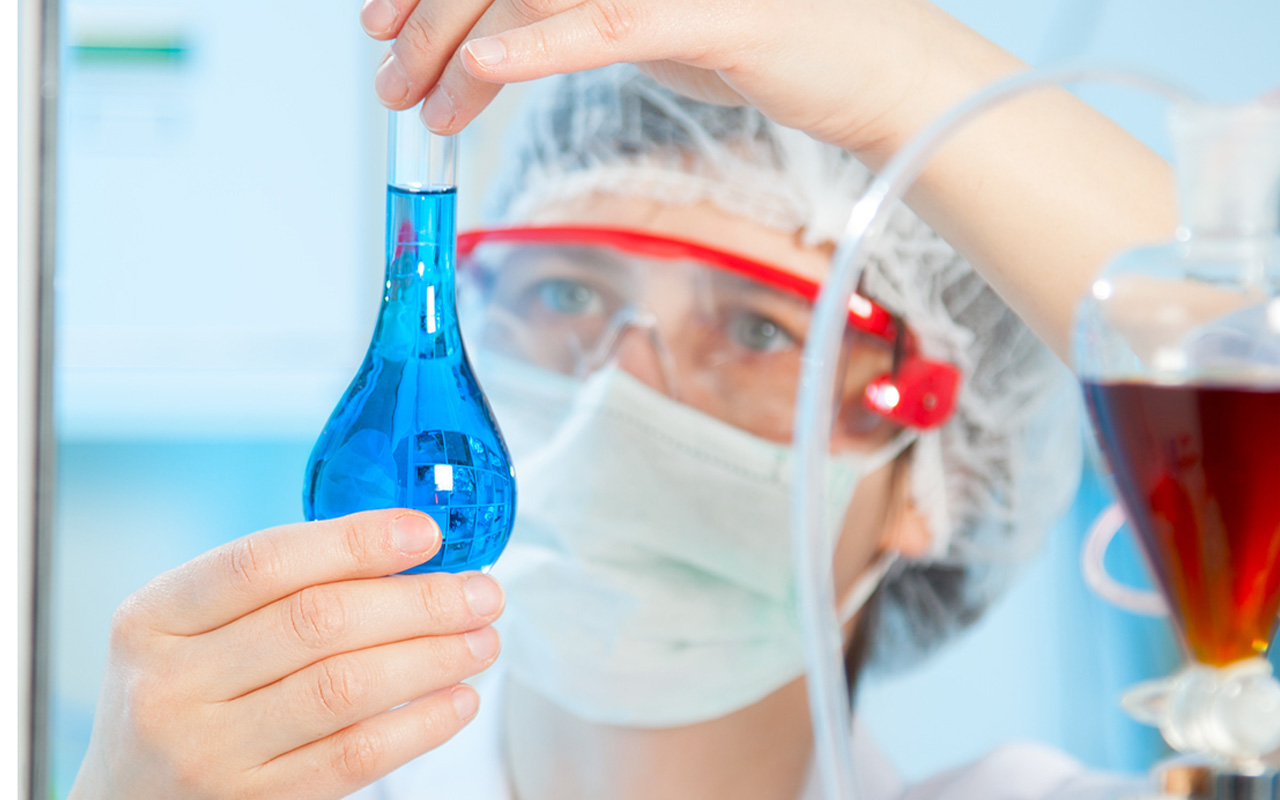VIrology Research Study
Project Description
Large Microbiology Laboratory in Egypt or Europe needed for conducting a scientific research and development virology study divided into to two different steps to destroy the virus: inactivation, and killing infected cells. by default, the viral particle has a defensive shield against the immune system to stay present in the human body. . The capsid consists of different types of structural proteins that protects the viral DNA against the immune system, and have the appropriate attachment tools to get into the human cell and start reproduction. These structural proteins have a specific pH to attach to the targeted cells. most of structural proteins (including E1, E2 and core protein) are capable of dissolving. And this is the first weakness point.
Enzyme therapy was used for the first time to defeat chickenpox disease. And effectively killed the disease. And this is the same factor we used. We used monolaurin fatty acid. Monolaurin is found naturally in breast milk and coconut oil. And has a distinct feature that it can dissolve the viral envelope, and leaves a viral DNA that the immune system can easily get rid of. The second inactivation agent is lipoprotein lipase (LPL). The viral morphogenesis and secretion follow the very low-density lipoprotein (VLDL) biogenesis pathway, because LPL acts like a bridge between the cell entry and viral protein, and according to VLDL, the viral particle needs a certain amount of lipase enzyme to get in the cell, but too much of lipase acts as a barrier between the virus and the cell, which means that using lipoprotein lipase would cause a small elevation of viral infection, then to a high depression in infection rate. The main target of using lipase is to harden the infection, and reduce the infection rate inside the body. And here, it acts like a doorkeeper that inhibits the virus from getting out, and give monolaurin a bigger space to kill the viral particles more efficiently.
The second step is destroying the infected cells. by default, Ca+2 ion concentration in HCV infected cells is relatively higher than the normal concentration in normal cells. In general, virus infection leads to an increase of intracellular [Ca2+] due to increased plasma membrane permeability and altered membrane permeability of internal Ca2+ stores, such as ER and mitochondria. This is the main weakness point against the virus-infected cells. an organic substance called ionophore- ionomycin produced by Streptomyces conglobate bacterium is a substance that used mainly in experiments that require changing the ion concentration inside cells. since it has the ability to control calcium ion exchange channels. Because it act as a motile Ca2+ carrier and enhances Ca2+ influx by direct stimulation of store-regulated cation entry across biological membranes Causing an increase in Ca+2 ion concentration. What infected cells can't carry on this high dosage of calcium ions, what makes it trigger apoptosis. While in normal cells, they don't die, because ionomycin targets the cells that have a relative high ion concentration of calcium inside, without harming the normal cells.
Project Information
Number:18-01748
Industry:Life Sciences

